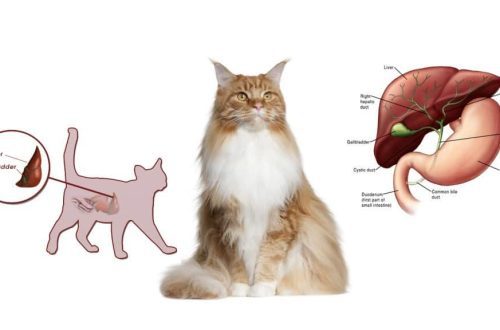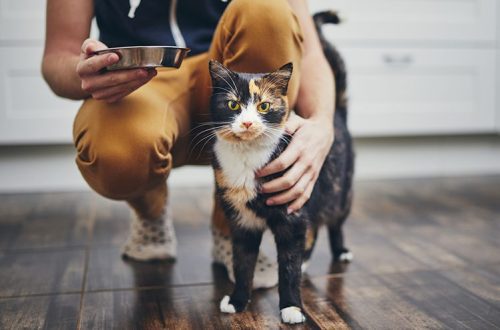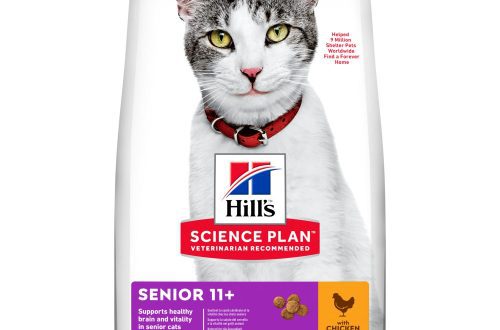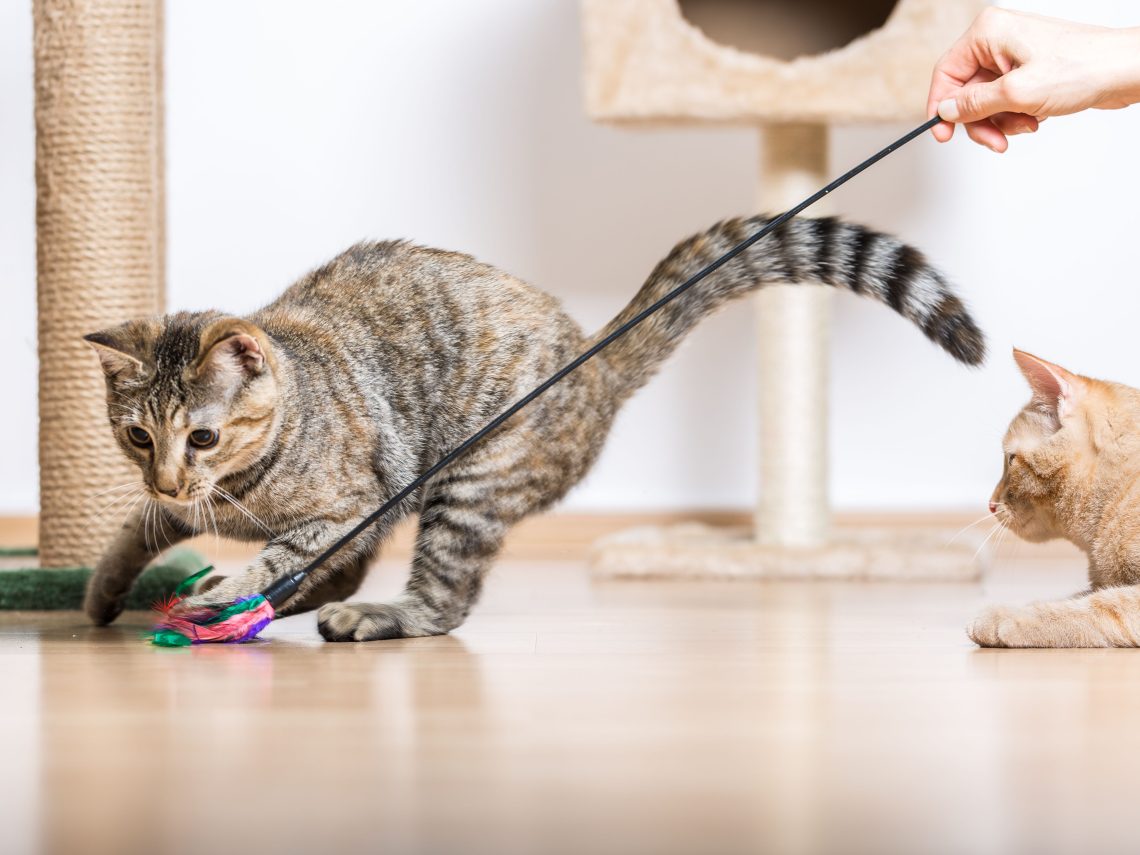
An enriched environment for the cat: “work” for the senses
The sense organs of a cat are unusually developed and sensitive, so it is necessary to provide such conditions so that the purr can fully use them. And this is also part of the enriched environment. Otherwise, the cat suffers from sensory deprivation, is bored, distressed, and exhibits problem behavior.
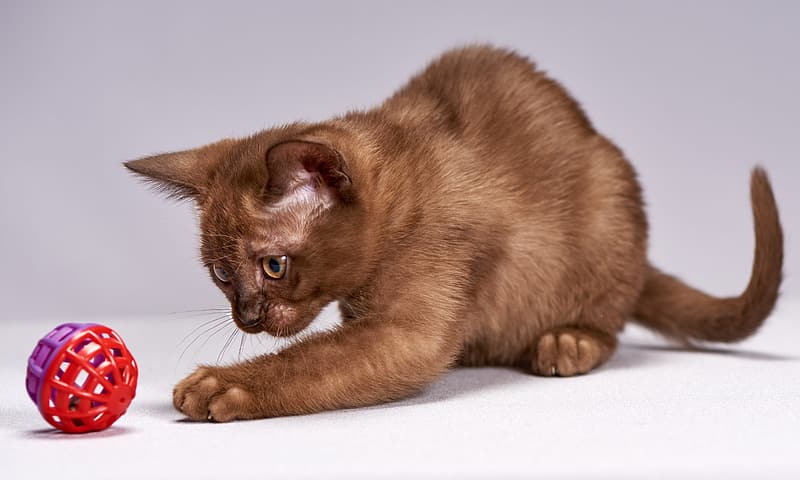
Research findings (Bradshaw, 1992, pp. 16-43) have shown that cats spend a lot of time exploring their environment and observing what is going on around them. If the window sill is wide enough and comfortable, they love to look out the window. If the window sill is not suitable for this purpose, you can equip additional “observation points” near the window – for example, special platforms for cats.
Since humans have an underdeveloped sense of smell compared to other creatures, they often underestimate the need for animals to use their nose and do not give them this opportunity. However, smells play a huge role in the life of cats (Bradshaw and Cameron-Beaumont, 2000) and, accordingly, it is necessary to introduce new smells into the cat’s environment.
Wells and Egli (2003) studied the behavior of cats when they were exposed to objects with three odors (nutmeg, catnip, partridge) in their environment, and no artificial odors were added to the control group. The animals were observed for five days and an increase in activity time was recorded in cats that had the opportunity to learn additional odors. Nutmeg aroused less interest in cats than catnip or the smell of partridge. Catnip is a well-known stimulant for cats, although not all cats react to it. This smell is also often used in making cat toys, and you can also grow mint specifically for pets.
There are sebaceous glands on the cat’s body, especially on the head and near-anal region, as well as between the fingers. By scratching something, the cat leaves scent marks and thus communicates with other animals. Also, this marking behavior allows you to leave visual marks and keep the claws in good condition. Therefore, it is extremely important to give the cat the opportunity to scratch suitable surfaces. For this purpose, a variety of claw posts have been created. Schroll (2002) suggests placing the scratching posts in a variety of places (at least there should be more than one scratching post), such as at the front door, near the cat’s bed, and anywhere the cat wants to mark it as part of its territory.
If the cat does not leave the house, it is worth growing grass for her in special containers. Some cats love to chew on grass. In particular, it helps them get rid of swallowed hairballs.
By creating an enriched environment for your cat, you improve your cat’s quality of life and therefore significantly reduce the risk of problem behaviors.



